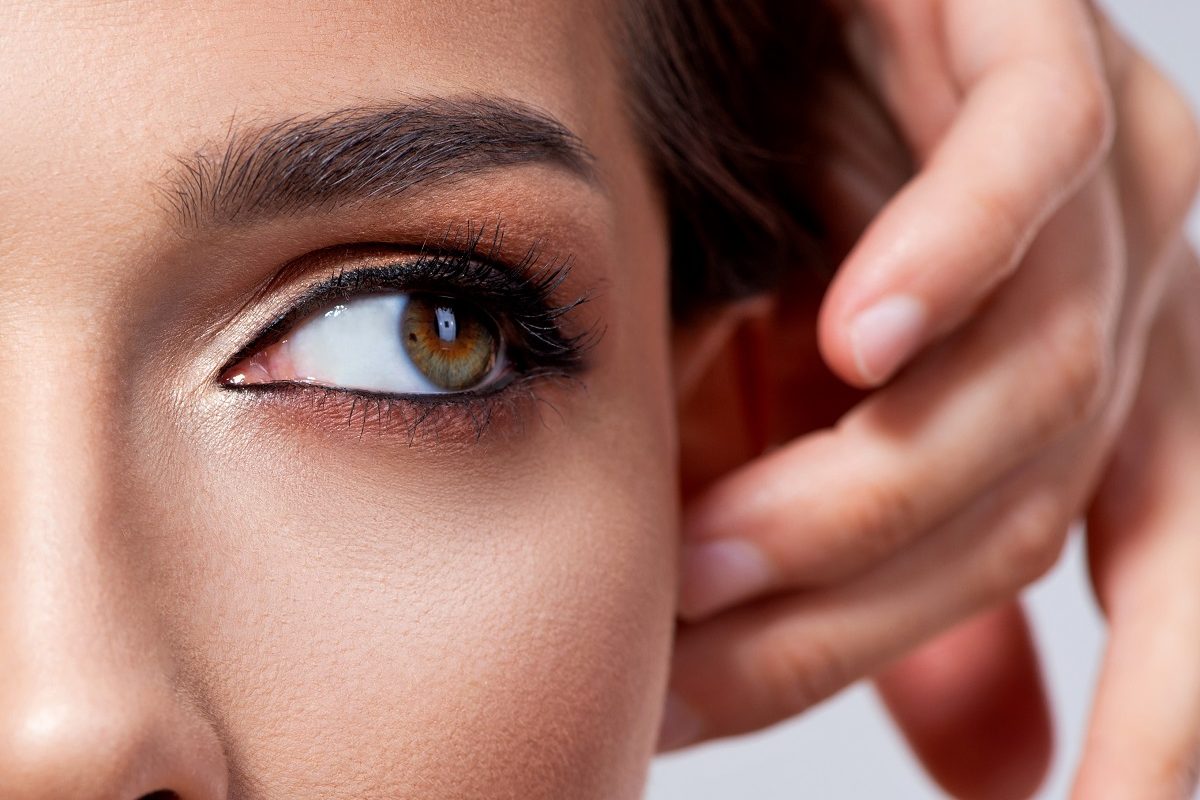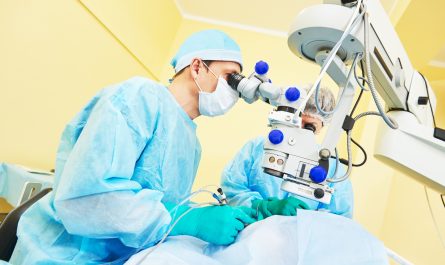If you don’t know what keratoconus is, then you’re not alone. LASIK experts in Los Angeles say that many prospective LASIK patients have never heard of this disease. While it may sound a little scary, keratoconus can be treated as long as it’s monitored early on. This is one of the reasons why it is so important to have yearly eye exams, whether or not you currently wear prescription lenses.
Keratoconus usually manifests in a person’s late teens to early 20s. In order to understand its effect, here is a quick anatomy lesson. Our eye relies on a dome-like cornea to focus and refract incoming light to our retina, which gives us clarity of vision. When the cornea is misshapen due to weakened fibers, this is called keratoconus. Some of the more well-known symptoms of this disease include:
- Distorted or blurred vision
- Sensitivity to light and glare
- Issues driving at night
- Constant prescription changes
- Sudden clouding or worsening of vision
- Double vision in one eye
- Ghost images
- Light streaking
These symptoms are also common for other, non-related eye conditions so in order to determine if you have keratoconus, you should visit a trained professional at a LASIK eye center in Los Angeles for a thorough examination.
According to Los Angeles LASIK experts, keratoconus also tends to have a genetic correlation. So, it is important to know your family history. If either one of your parents had keratoconus, then it is more likely that you will get it as well. Conversely, if you have this eye condition and you have children, you should alert your eye care professional to monitor their eye health progression by age 10.
While there is not a direct link to the causes of this condition, some known factors may play a role in developing keratoconus. Some of them include the following:
- Chronic dry eye
- Overexposure to UV rays
- Poor-fitting contacts
- Excessive eye rubbing
- Asthma
Fortunately, keratoconus can be treated. Many eye care professionals will recommend glasses or soft contact lenses in order to regain vision. However, more long-term solutions exist in corneal cross-linking, Intacts surgery, and cornea transplants. Each of these seeks to adjust or replace the weakened cornea in order to improve vision clarity and diminish other symptoms. Corneal cross-linking is a procedure in which an eye doctor uses eye drops and UV light to strengthen the fibers in the cornea and pull it back into place. Intacs are tiny, crescent-shaped implants that doctors will surgically place around the edge of the cornea. They can help flatten the cornea and improve vision. Cornea transplants remove part or all of the weakened corneas altogether and replace them with a donor’s.
All of these treatments can make a difference for individuals with keratoconus. So, if you start to experience the symptoms of this eye condition, you should see an eye doctor immediately and determine the root cause. If your vision problems are unrelated to keratoconus, you may consider laser eye surgery from a LASIK clinic. While LASIK is not right for everyone, it is a proven method with a high success rate and a high level of patient satisfaction.



